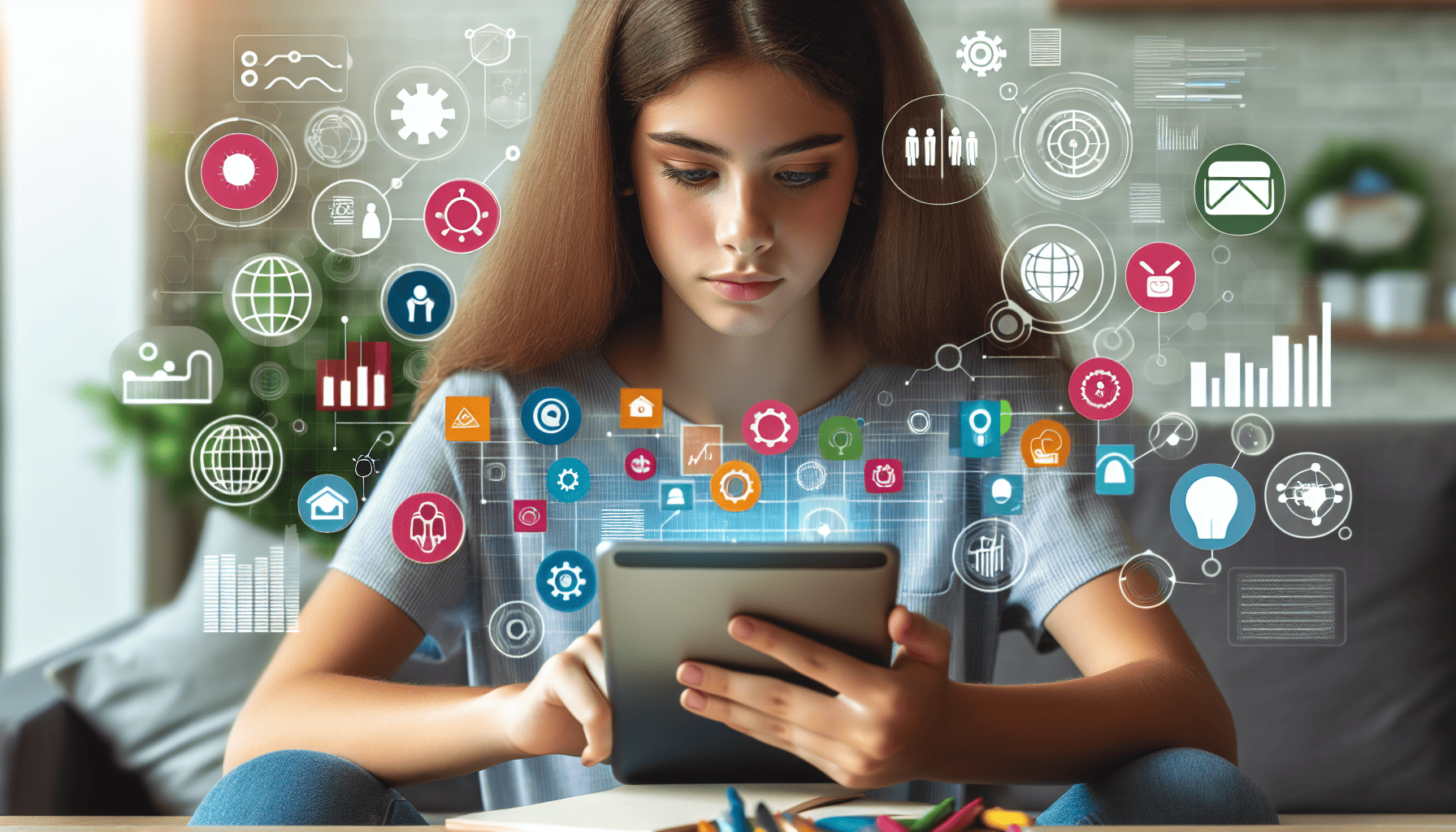In recent years, the realm of education has been increasingly intertwined with advancements in technology, fostering a dynamic shift towards interactive learning. This progressive approach not only enhances the traditional educational experience but also caters to diverse learning styles, making education more accessible and engaging for students of all backgrounds.
At the heart of interactive learning is the incorporation of technology that actively involves students in the learning process. This method moves away from passive absorption of information to a more hands-on, participatory form of education, where students are encouraged to explore, question, and collaborate. The use of digital tools and platforms, such as interactive whiteboards, educational software, and virtual reality, plays a crucial role in this transformation.
One of the most significant benefits of interactive learning is its ability to cater to various learning styles. Visual learners can benefit from video content and interactive simulations, while auditory learners might find podcasts and lively discussions more effective. Kinesthetic learners, who learn best by doing, can engage with interactive modules and experiments that allow them to physically manipulate objects to understand concepts. By integrating technology that supports these different styles, educators can create a more inclusive learning environment that recognizes and respects individual differences.
Moreover, interactive learning fosters critical thinking and problem-solving skills. When students are actively involved in learning, they are more likely to develop these abilities as they analyze information, ask questions, and engage in discussions. Digital platforms often provide real-world scenarios and problem-based learning tasks that challenge students to apply their knowledge and skills in practical situations, thereby reinforcing their understanding and retention of information.
Collaboration is another key aspect of interactive learning. Many technological tools are designed to facilitate group work and communication among students, even in a virtual setting. Platforms like Google Classroom, Microsoft Teams, and various educational apps enable students to work together on projects, share ideas, and provide feedback in real-time. This not only enhances their learning experience but also helps build essential teamwork and communication skills that are vital in today’s interconnected world.
Interactive learning also provides educators with the opportunity to gather valuable data on student performance and engagement. Through analytics, teachers can track progress, identify areas where students may be struggling, and adjust their teaching methods accordingly. This data-driven approach allows for personalized learning paths, where instruction is tailored to meet the individual needs and pace of each student, ultimately leading to more effective and efficient learning outcomes.
While the integration of technology in education offers numerous benefits, it is crucial to address the challenges that come with it. Ensuring equitable access to technology and the internet for all students remains a priority, as does training educators to effectively use these tools in their classrooms. By addressing these challenges, we can maximize the potential of interactive learning to transform educational experiences for the better.
In conclusion, the use of cutting-edge technology in interactive learning is revolutionizing the way education is delivered and consumed. By creating more engaging, personalized, and collaborative learning environments, technology empowers students to take charge of their education and develop the skills necessary for success in an ever-evolving world. As technology continues to advance, the possibilities for enhancing educational experiences are limitless, promising a future where learning is more accessible, inclusive, and dynamic than ever before.
